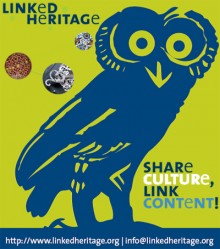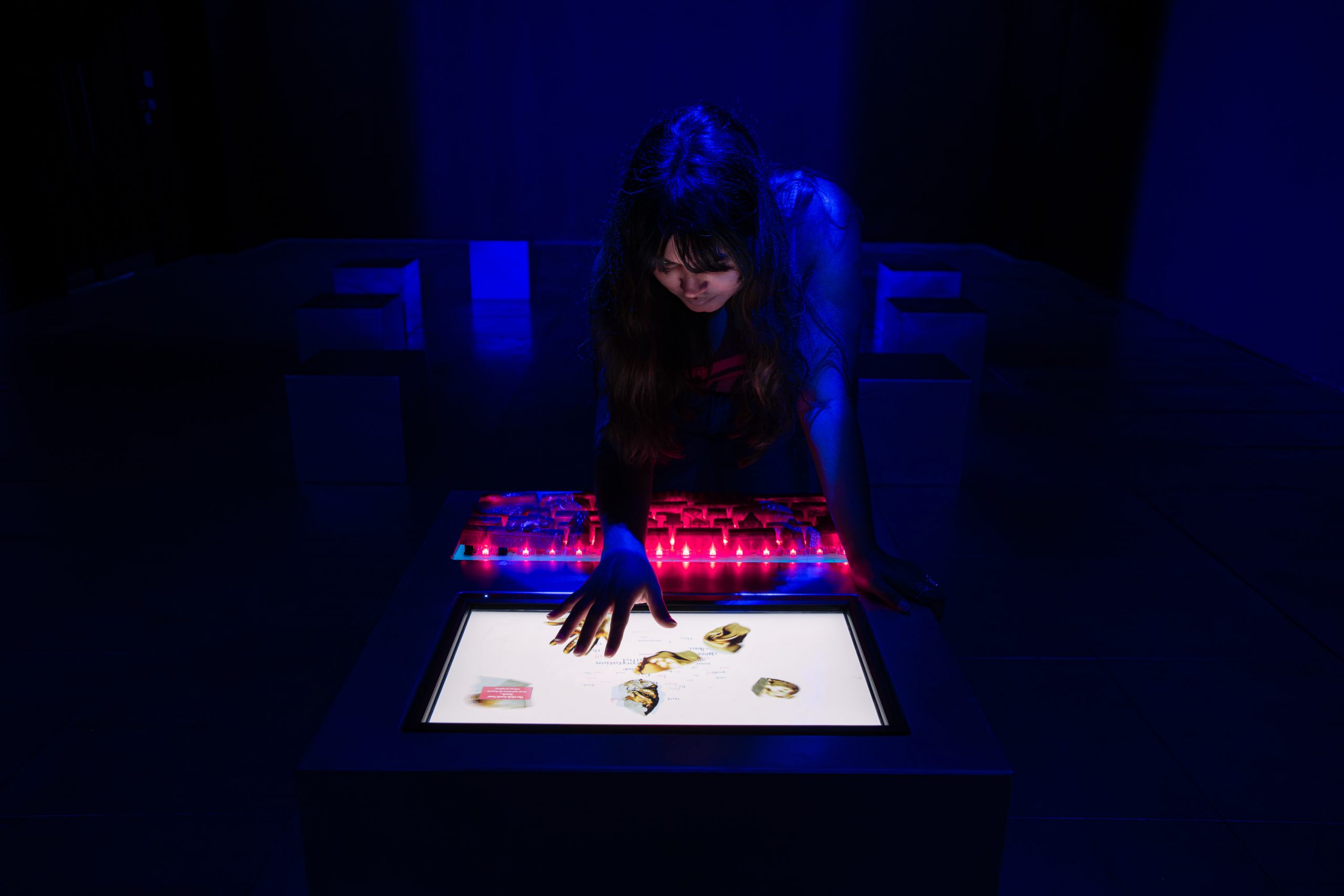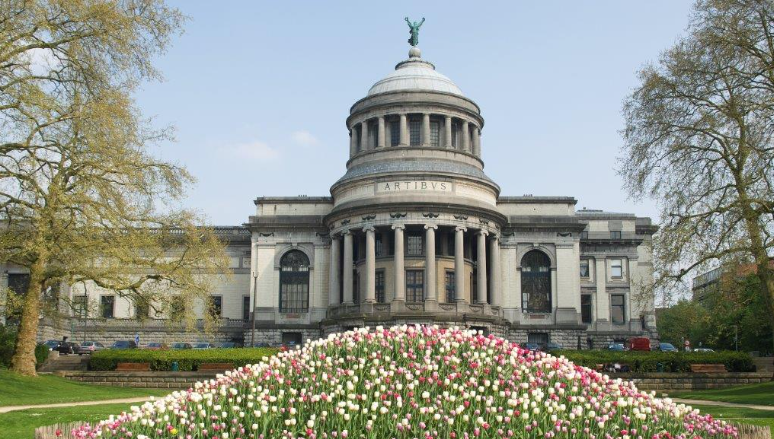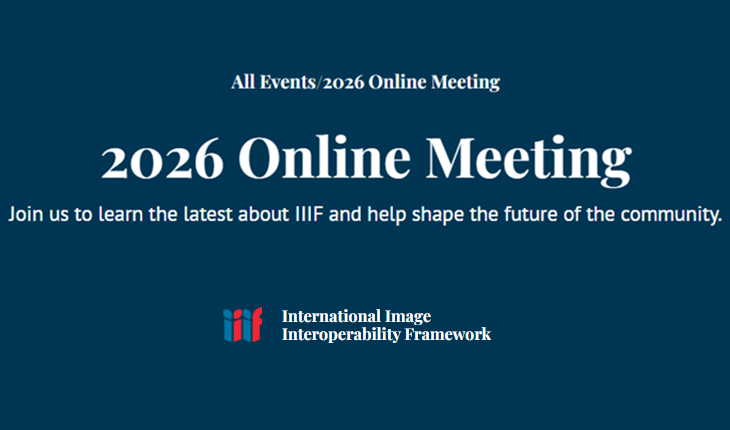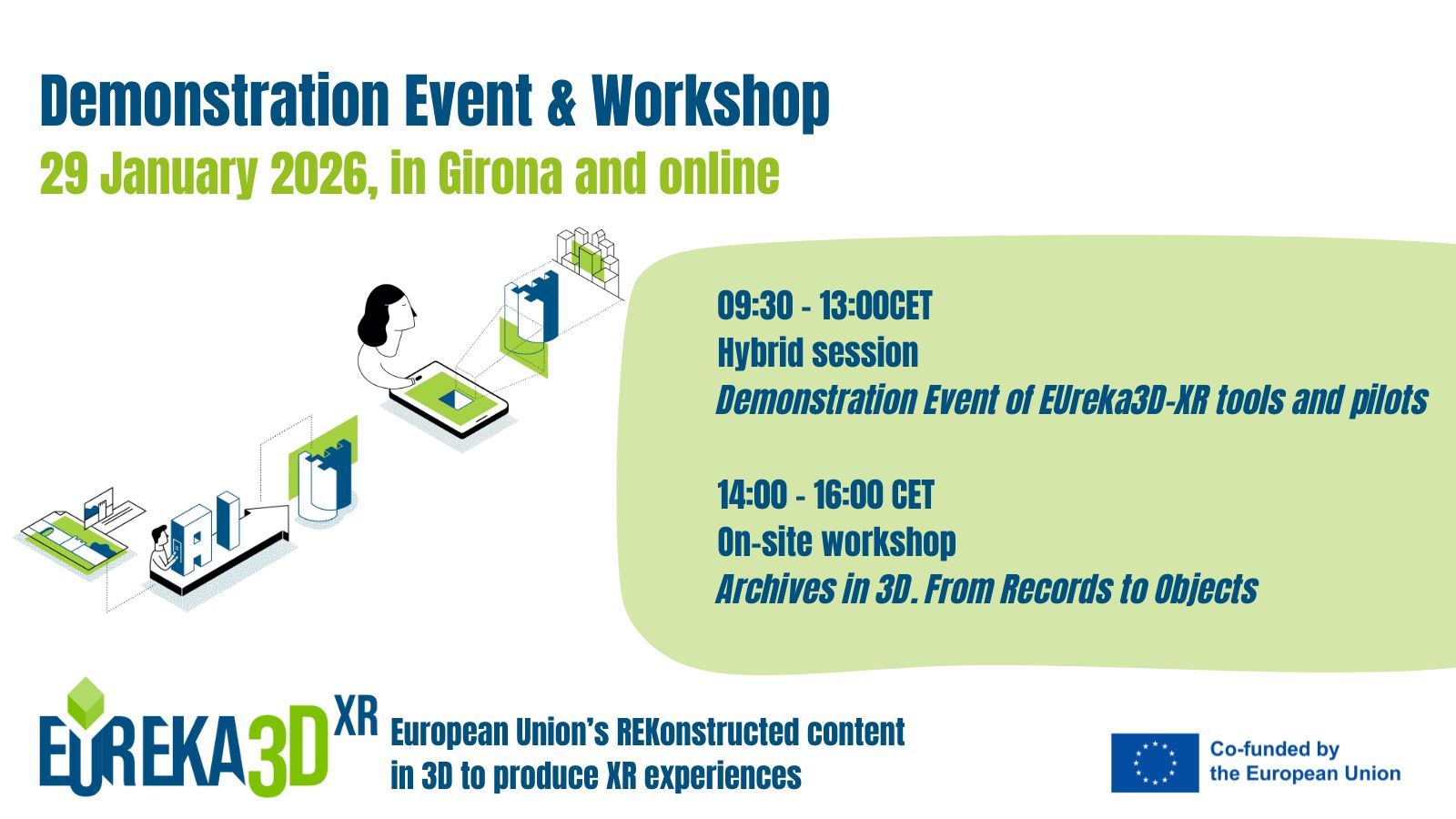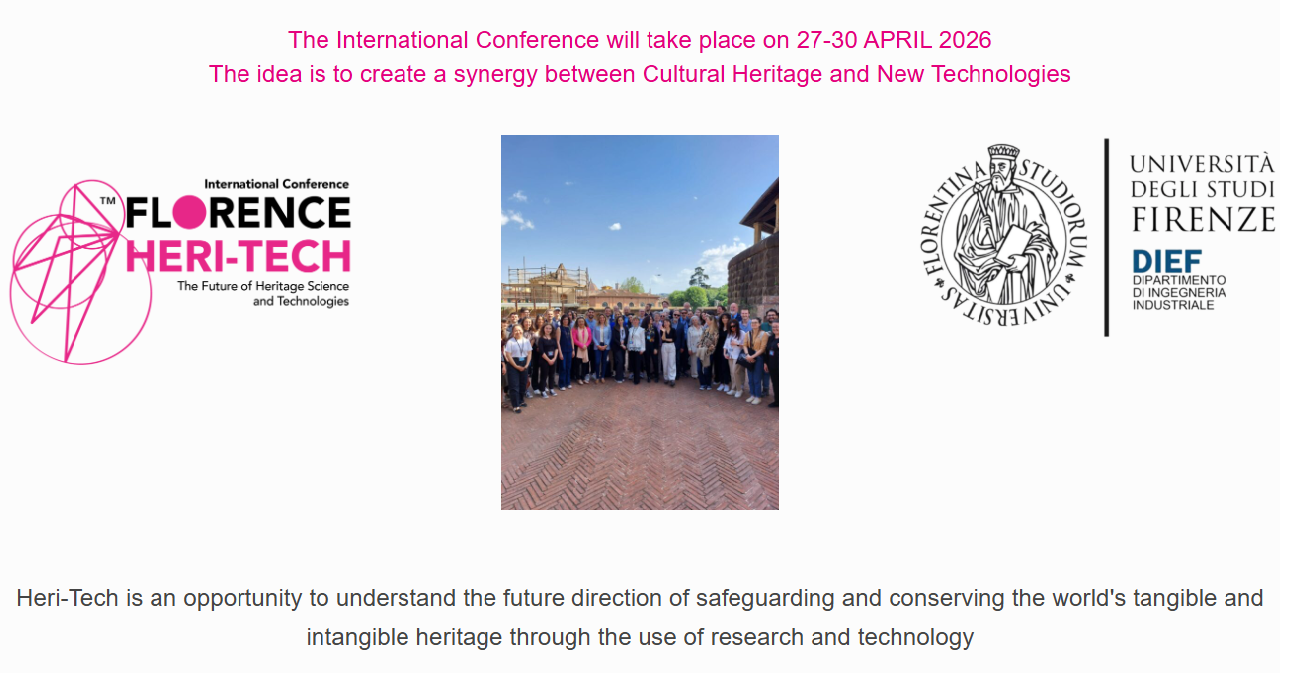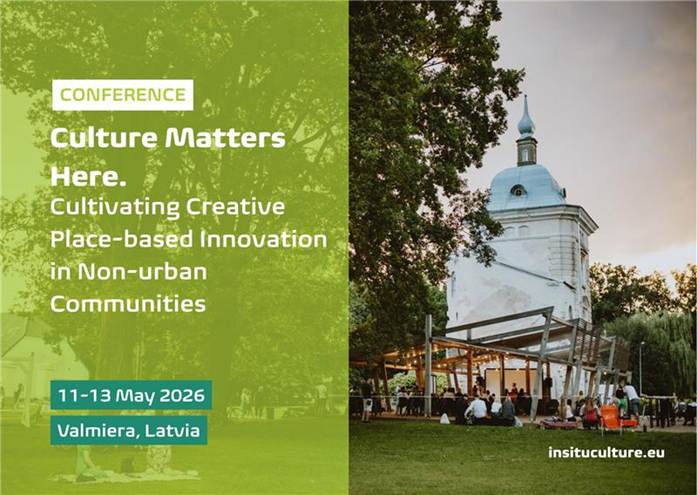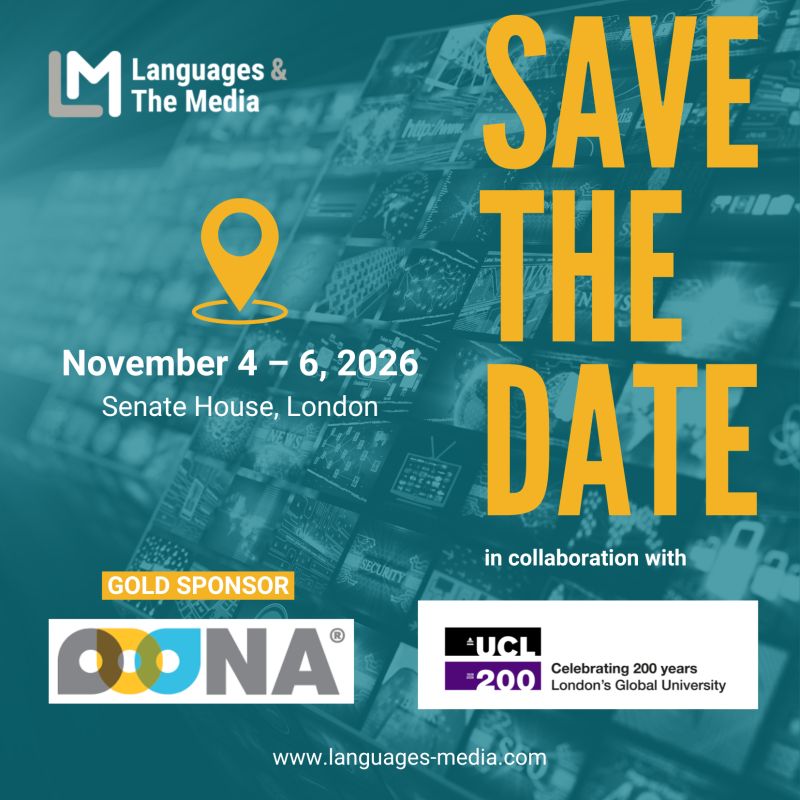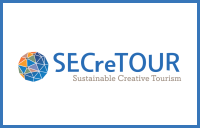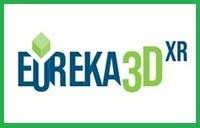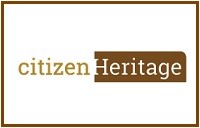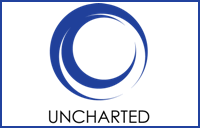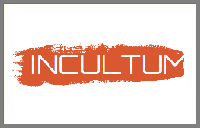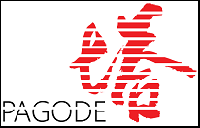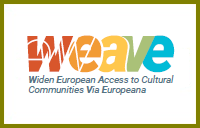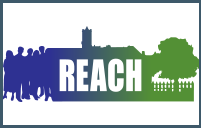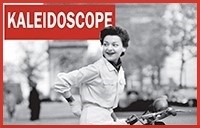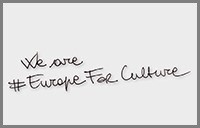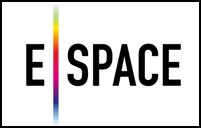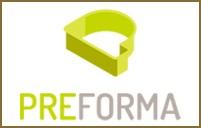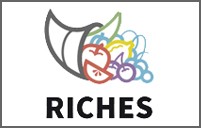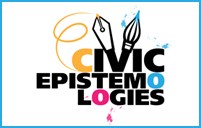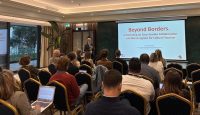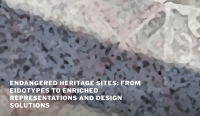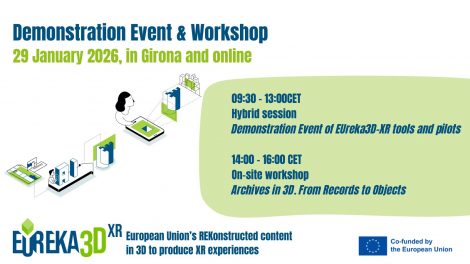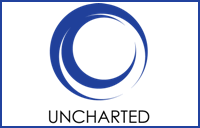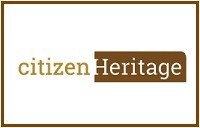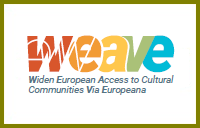Login Status
-
Free text
UPCOMING EVENTS:
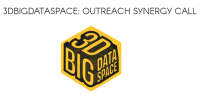 Open call to museums, research insitutions, GLAMs and more to make use of 3D cultural heritage assets and promote digital innovation.
Open call to museums, research insitutions, GLAMs and more to make use of 3D cultural heritage assets and promote digital innovation.The 3DBigDataSpace – Outreach Synergy Call offers a unique opportunity for museums and cultural heritage institutions to develop innovative public applications using 3D technologies. Two selected projects will each receive €10,000 to realise their concepts, along with technical guidance from … Continue reading →
 Design innovative, immersive environments that inspire change.
Design innovative, immersive environments that inspire change.Build with Bits (BwB) is an international online experience, where participants learn how to create virtual environments that generate a positive impact on local issues related to digital culture, education, and this year, we will have a special focus on sustainable … Continue reading →
Topic: digital archive

This new book Geocoded Digital Cultural Content, edited by Franc J. Zakrajsek and Vlasta Vodeb (with a foreword curated by Antonella Fresa) focuses on Geographic location, which is a very important attribute of a cultural heritage item. The authors investigate … Continue reading
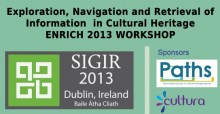
In the framework of SIGIR conference, ENRICH workshop will be hosted in the Long Room Hub, at the Digital Arts and Humanities Research Institute of Trinity College Dublin, on August 1st 2013. ENRICH is supported by EU projects CULTURA and Paths. Call for papers is open until 9th June. Continue reading
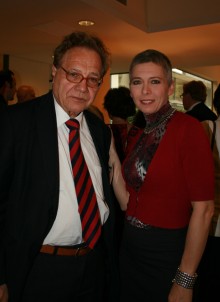
Florence hosted an international event that includes a Conference, Workshops, Meetings & an Exhibition. The Electronic Information, the Visual Arts and Beyond (EVA Conferences) are a series of international interdisciplinary conferences mainly in Europe, but also elsewhere in the world, for people interested in the application of information technology to the cultural and especially the visual arts field. Continue reading

The Polish Collections in Europeana conference was organized in the medieval city of Toruń on October 18-19, 2012 by the International Centre for Information Management Systems and Services ICIMSS. A number of Europeana-related projects were presented, including EuropeanaPhotography, Judaica Europeana and others. Continue reading
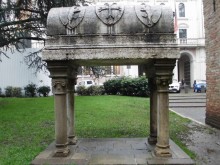
On 6, 7 and 8 March, Padua hosted a plenary meeting between the partners of Linked Heritage, the project founded by the European Union in order to increase the quantity and quality of the content provided to Europeana – the great European digital library – from the public and private sectors. Continue reading

In the third week of November (from 20th to 23rd) it was held a new edition of the Image and Research Conference, organized by the Centre for Image Research and Diffusion (CRDI) of the Girona City Council with the collaboration of the Association of Archivists of Catalonia. The Image and Research Conference held its twelfth year, and after 22 years, we have become the benchmark event in Spain for professionals involved in photography and audiovisual mainly in the field of archival, preservation, history and document management. Continue reading
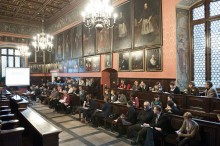
Scope of the conference was to gather specialist from different fields, all connected with the matter of digitization to exchange knowledge and experience. Very important point was to show the dissonance between theory and everyday reality. The conference was an opportunity for regular employees of cultural institutions to ask questions and dispel many doubts about digitization, perspectives of development and current problems. Continue reading

Old photos are often the only witness to the theatrical life of our great grandparents that we have. They are usually identified, but sometimes we do not know anything. We look into faces of strangers in theatrical costumes, see their fascination by Thalia, we realize the transience of theatre, of nationalities that for example used to live in the territory of contemporary Slovakia, we are confronted with our own mortality. Continue reading

DESIDOC Journal of Library & Information Technology, in July dedicated a special issue about Digital Preservation. The Journal endeavours to bring recent developments in information technology, as applicable to library and information science, to the notice of librarians, documentation and information professionals, students and others interested in the field. Continue reading


